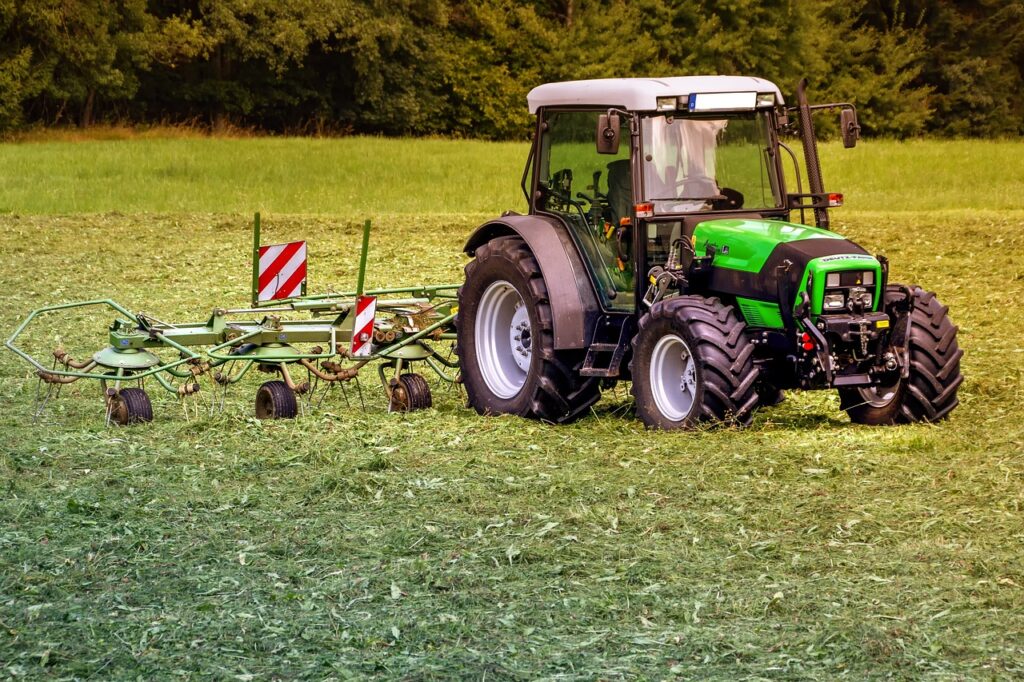DIGEST: National Food Security & storytelling for change

17 January, 2025
A few bits to chew over and end the week..
We need a better story to inspire food system change
This time last week, thousands of people, including myself, were settling into The Oxford Real Farming Conference and The Oxford Farming Conference (OFC). Differences of politics and precise change needed aside, we probably all shared a thought similar to this; “Food and farming are critical to tackling multiple crises – we all know it, it’s obvious – so why isn’t the whole country jumping up and down calling for action?!”
 The overriding view from many conversations I had was; because CHANGE NEEDS GOOD STORYTELLING, and the above narrative isn’t doing the job. Read more about my thoughts on this and also reflections on the conferences from our Policy Champion, Emily Norton.
The overriding view from many conversations I had was; because CHANGE NEEDS GOOD STORYTELLING, and the above narrative isn’t doing the job. Read more about my thoughts on this and also reflections on the conferences from our Policy Champion, Emily Norton.
National Food Security Report in 7 points
Didn’t get a chance to read Defra’s report this week? Here it is in 7 key points – and a reminder that our webinar with Tim Lang covers UK resilience to food system shocks – look out for the video..
Overall vibe of the report: “The events of the last 3 years show a trend of high volatility or weakened stability exposing more clearly the interconnected nature of risks, with both the acute and chronic impacts triggering and compounding each other in unexpected ways.”
- Single points of failure in food supply chains pose resilience risks with evidence of reliance on regionally concentrated suppliers of supply chain inputs making the UK vulnerable to supplier failure (such as sunflower oil from Ukraine and inputs to flour fortification from specific regions).
- There has been a notable decrease in food secure UK households. The proportion of food secure households declined from 92% in financial year ending (FYE) 2020 to 90% in FYE 2023. (I.e one in 10 people in the UK are now food insecure – to me this it at odds with point 5).
- Agri-food sector labour shortages continue and are compounded by significantly more restrictive access to EU labour since Brexit.
- Extreme weather events continue to have a significant effect on domestic production, particularly arable crops, fruit and vegetables. In 2019 UK cereal production (25.5mt) was the highest this century, whereas in 2020 production (19.0mt) was the second lowest largely due to bad weather.
- The UK continues to be highly dependent on imports of micronutrient-dense foods from climate vulnerable countries, particularly fruit, vegetables and seafood.
- Long term decline in the UK’s natural capital is a pressing risk to UK food production. However, the decline in natural capital is slowing and levelling against some key indicators. The all-species indicator in England shows a decline in abundance to just under 70% of the 1970 value. This has leveled out since 2000 though – ie it’s not really gone down any more.
- Russia’s invasion of Ukraine showed the UK’s vulnerability to food inflation from high energy prices. The war led to the highest food inflation spike for consumers in 45 years. UK food inflation was among the highest of the G7 countries in 2023. “At no point in the last three years has the UK population faced shortages of food items for a sustained period, demonstrating a continued resilience in providing food availability through shocks”
Over and out. Have a lovely weekend everyone.


